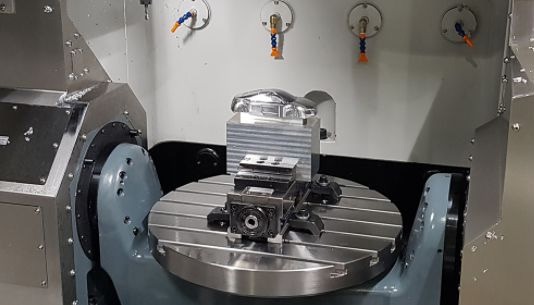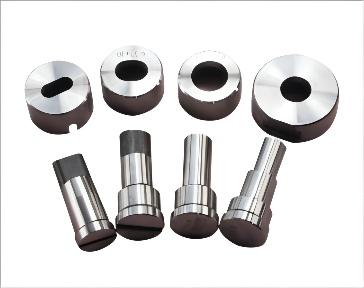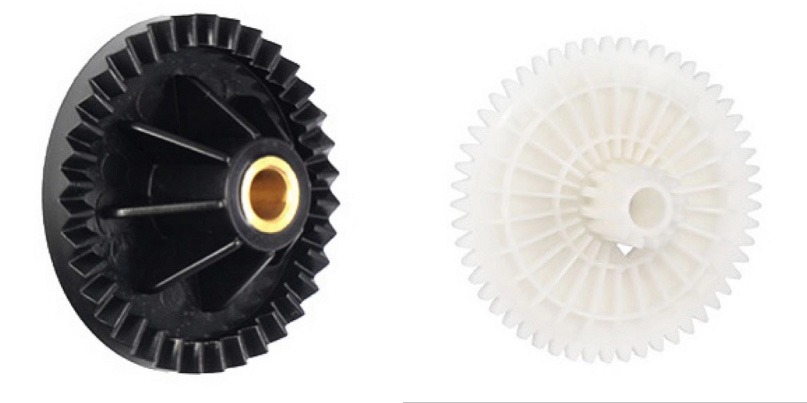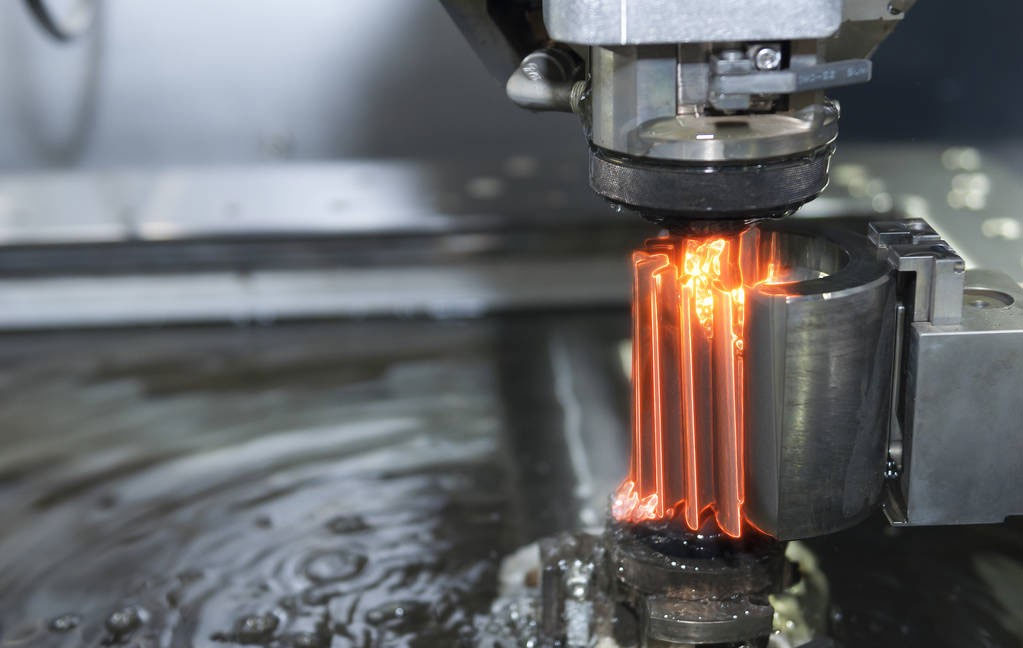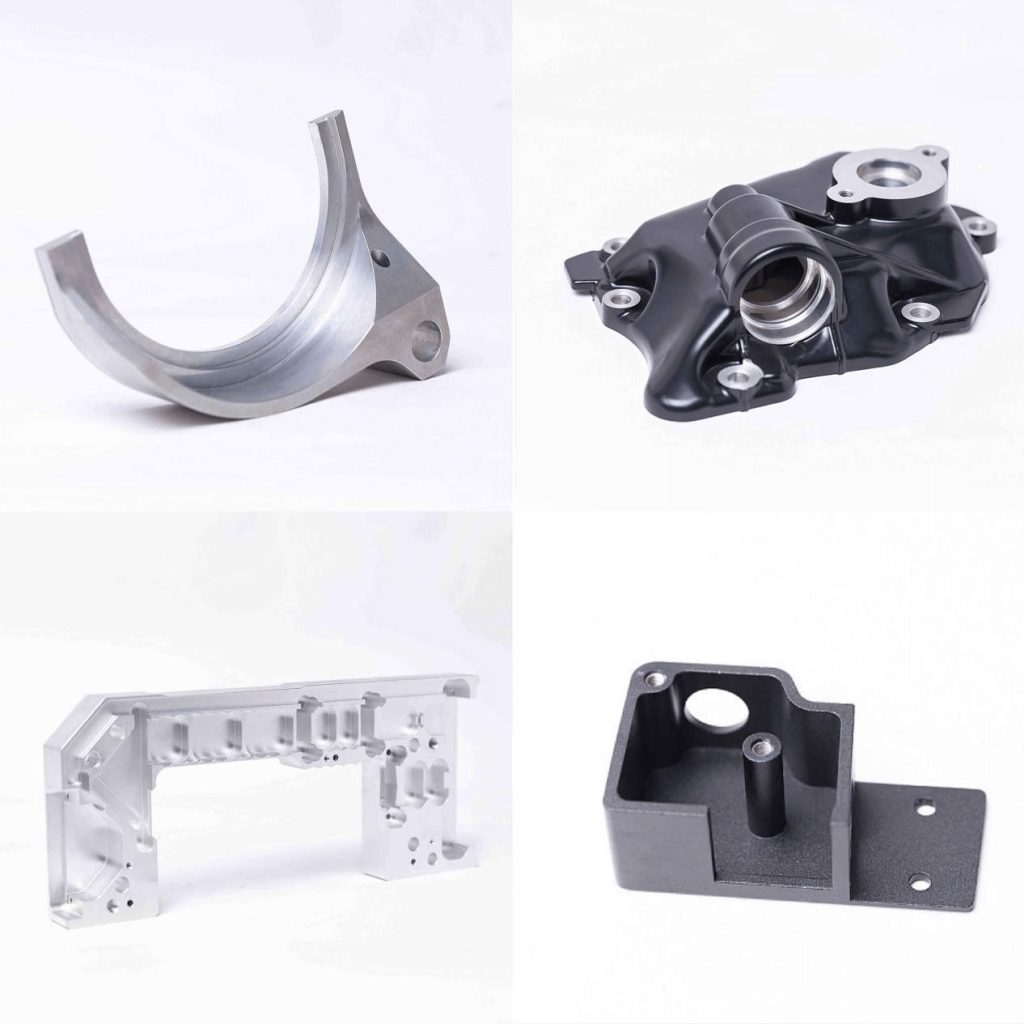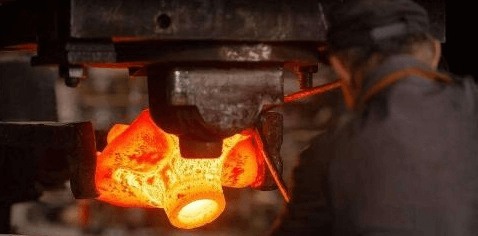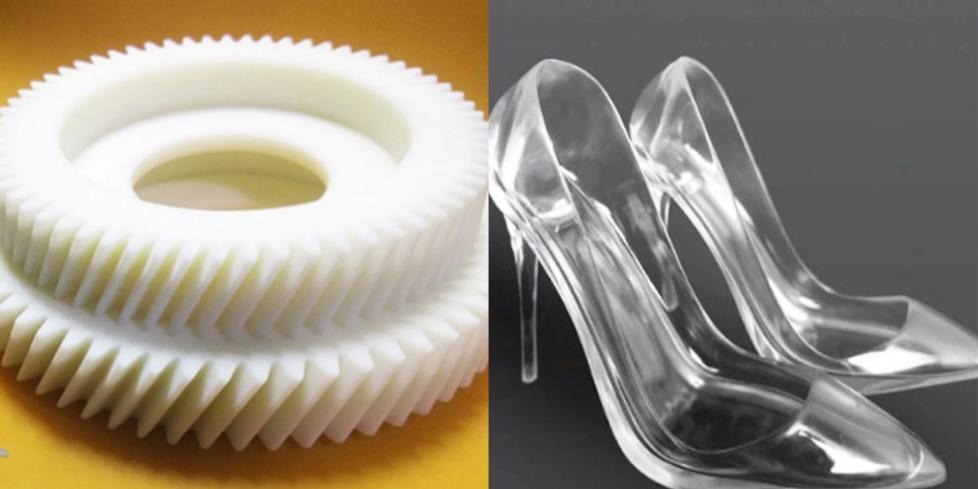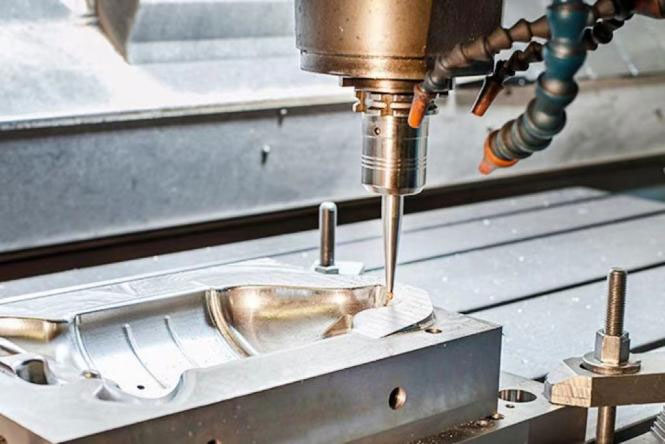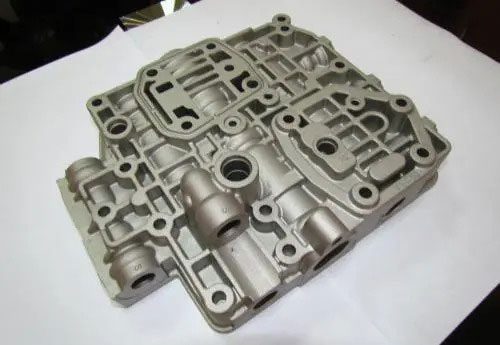Use rapid prototyping to make master molds and pour soft materials such as wax, silicone rubber, epoxy resin, and polyurethane to form soft molds. For example, a mixture of metal and epoxy is colloidal at room temperature and can be cast and cured at room temperature, making it ideal for replicating molds.
The injection mold made of this synthetic material has a service life of 50 to 5000 pieces. When using room temperature curing silicone rubber to make injection molds, the lifespan is generally only 10 to 25 pieces. When the vulcanized silicone rubber mold is used for low melting point casting, the mold life is generally 200 to 500 pieces.
In modern industrial manufacturing, common rapid prototyping methods can be roughly divided into 4 types:
- Silicone molds
- Resin type composite molds
- Arc spray molds
- Chemically bonded steel powder casting cavity molds
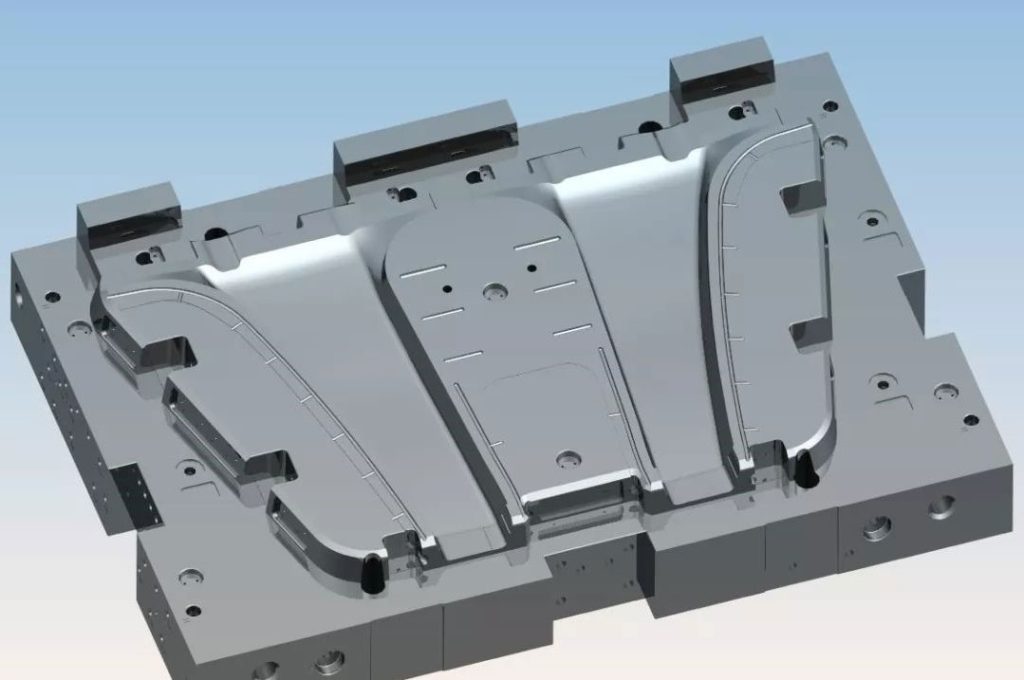
Using rapid prototyping to make master molds or soft molds combined with investment casting, ceramic type precision casting, electroforming, cold spray, and other traditional processes can make complex molds, producing plastic parts or metal parts in batches. Hard molds usually have better machinability, can be machined locally for higher precision, and can be embedded with inserts, cooling parts, and burnouts.
1. Silicone mold
The silicone mold is based on the prototype of the model. It is poured with vulcanized silicone rubber to directly manufacture the silicone rubber mold. The casting can be completed because the silicone rubber has a reverse draft angle and parts with deep grooves. Take out directly, which is unique compared to other molds.
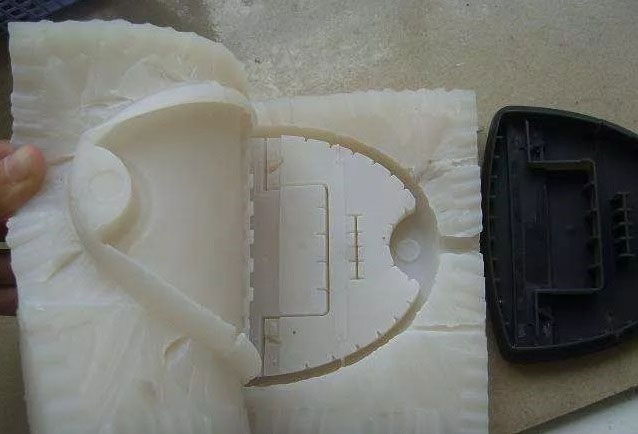
The production process of the silicone mold is:
- Make a prototype, treat the surface of the prototype to make it have good surface roughness →
- Fix the prototype with the mold base, apply a release agent on the surface of the prototype →
- Place the silicone rubber and mix in a vacuum. Take out the air bubbles in the device, pour the silicone rubber mixture into it, and get the silicone rubber mold →
- Silicone rubber curing →
- Silicone rubber is cut along the parting surface, and the prototype is taken out to obtain the silicone rubber. If the mold is found to have some defects, it can be repaired with newly formulated silicone rubber.
2. Resin type composite mold
This method is a molding method in which liquid epoxy resin and organic or inorganic materials are composited as matrix materials, and the mold is cast based on the prototype.
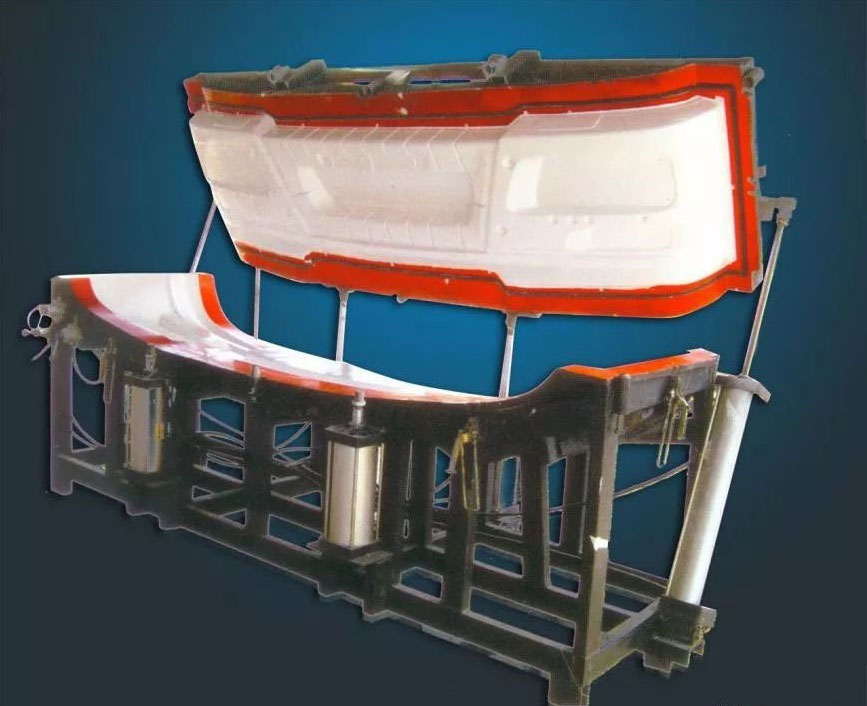
- The process is prototype production and surface treatment →
- Design and production of mold frame →
- Selection, and design of parting surface →
- Brush mold release agent (including parting surface) on the prototype surface →
- Brush gel coat resin (the purpose is to prevent the surface of the mold from being rubbed). , collision, atmospheric aging, medium corrosion, etc., making the mold safe and reliable in actual use) →
- Pouring the concave mold →
- When the concave mold is manufactured, it is inverted, and the mold release agent and Gelcoat resin →
- Separate molds and cast molds at room temperature, generally 1 to 2 days to solidify and shape, that is, mold separation, prototype removal, and mold repair.
For metal resins with high heat resistance and high wear resistance, epoxy resins cured at room temperature often cannot meet the requirements, so epoxy resins cured at high temperature must be used first. This is bound to cause problems for prototypes made of photosensitive resin. Because it starts to soften at 70~80°C, a transition core is required for this purpose.
Epoxy resin, gypsum, silicone rubber, polyurethane, etc., are commonly used for transition mold cores, and gypsum and silicone rubber mold cores are more common. This epoxy resin mold manufacturing technology has the characteristics of a simple process, high mold conductivity, high strength, and no profile processing. It is suitable for plastic refraction molds, sheet drawing molds, blister films, and polyurethane foam molding molds.
3. Arc spray mold
Arc spraying abrasives also take the prototype as the prototype. The molten metal is fully atomized and sprayed onto the surface of the prototype at a certain speed to form the surface of the mold cavity. The backing is filled with composite materials, and epoxy resin or silicon filled with aluminum is used. The rubber support separates the shell from the prototype to obtain a precise mold and adds a gating system, a cooling system, etc., together with the mold to form an injection mold.
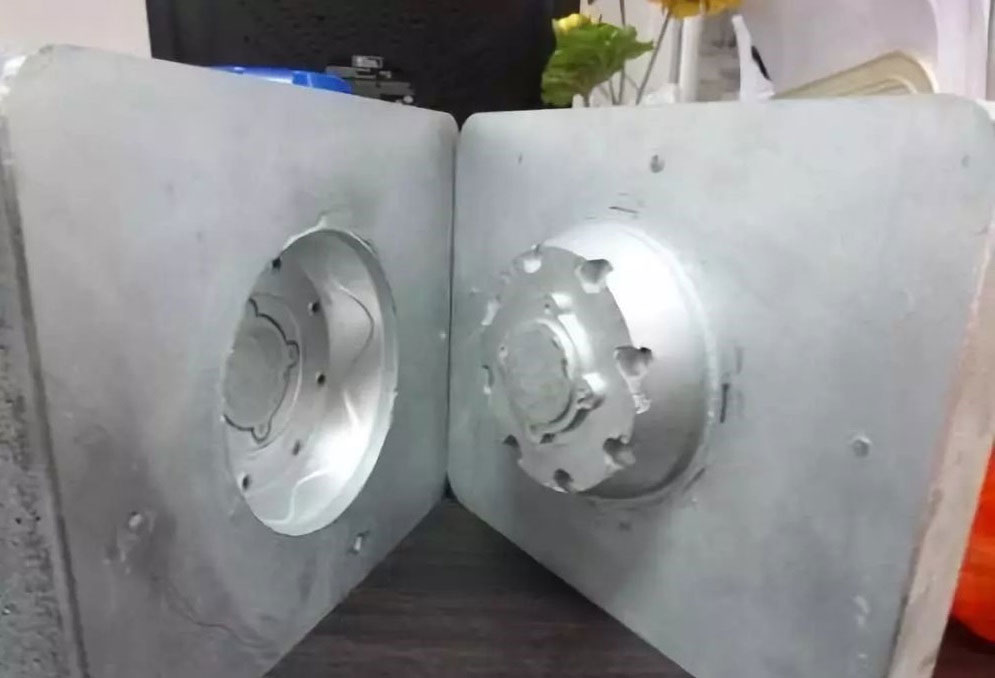
A simple process and short cycle characterize it; cavity and surface fine patterns are formed at one time; it saves expensive and time-consuming processes such as drawing in traditional mold processing and heat treatment of CNC machining, and no machining is required; high dimensional accuracy of the mold, The cycle is shortened, and the cost is saved.
4. Chemically bonded steel powder casting cavity mold
The process is as follows:
- Use a rapid prototyping system to make a paper master mold →
- Pour soft materials such as silicone rubber, epoxy resin, and polyurethane to form a soft mold →
- Separate from the master mold →
- Pour a chemically bonded steel powder cavity in the soft mold, Burn off the binder in the cavity in the furnace, pour steel powder →
- Infiltrate copper in the cavity →
- Polish the surface of the cavity →
- Add the pouring system and cooling system, etc. →
- Injection mold for mass production.
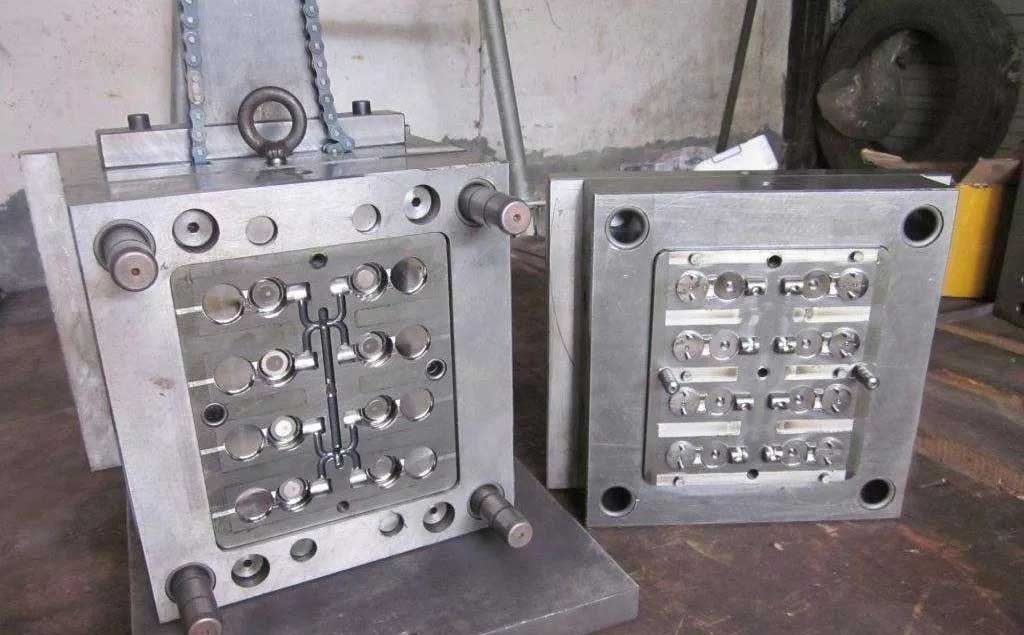
Great Rapid Prototyping Processes Come From Great Rapid Prototyping Manufacturer
The current CNC processing service providers can provide rapid prototyping services. But there is a big difference in their production capacity. Not every company can complete the manufacture of high-quality abrasives. So choosing a good rapid prototyping manufacturer is a matter of careful consideration. Great rapid prototyping comes from great rapid prototyping makers.
JTR is a decade-old rapid prototyping manufacturer, and its manufacturing capabilities are unquestionable. The processing cycle is short, the technical level is high, and the precision is high, so customers welcome it. If you need prototyping services like this to help you get the job done, don’t hesitate to get in touch with us.


